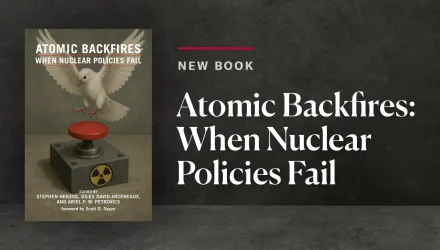The drivers of extended deterrence choices: Evidence from Norwegian parliamentary debates, 1945-2024
What shapes deterrence and reassurance choices among U.S. allies? Frontline proteges in nuclear alliances face complex policy dilemmas associated with the fear of abandonment, on the one hand, and risks of entanglement risks, on the other hand. When nuclear patrons demand cooperation from their non-nuclear allies -- for example with regards to the location of military bases and forward deployment -- and the latter worry that too much cooperation makes them a target, proteges face difficult tradeoffs and policy choices. How do non-nuclear allies decide where to strike the balance between these risks? We study the case of Norway through the full record of open parliamentary debates from 1945 and 2024 and through the recently declassified records of the closed hearings on foreign and defence policy from 1945 to 1992. We combine process tracing and natural language processing on nearly 300 million words of text to show that, while parliamentary sentiment toward nuclear weapons has followed a slow upwards trajectory, it has trailed the substantive policy shift toward a more hawkish, deterrence-focused posture. Closed debates were more pro-nuclear than open ones, and some nuclear related questions were not brought before Parliament at all. Taken together, our findings suggest that matters nuclear were largely decided behind closed doors and that, in the balancing act between alliance expectations and popular apprehension, governments usually prioritised the former.




